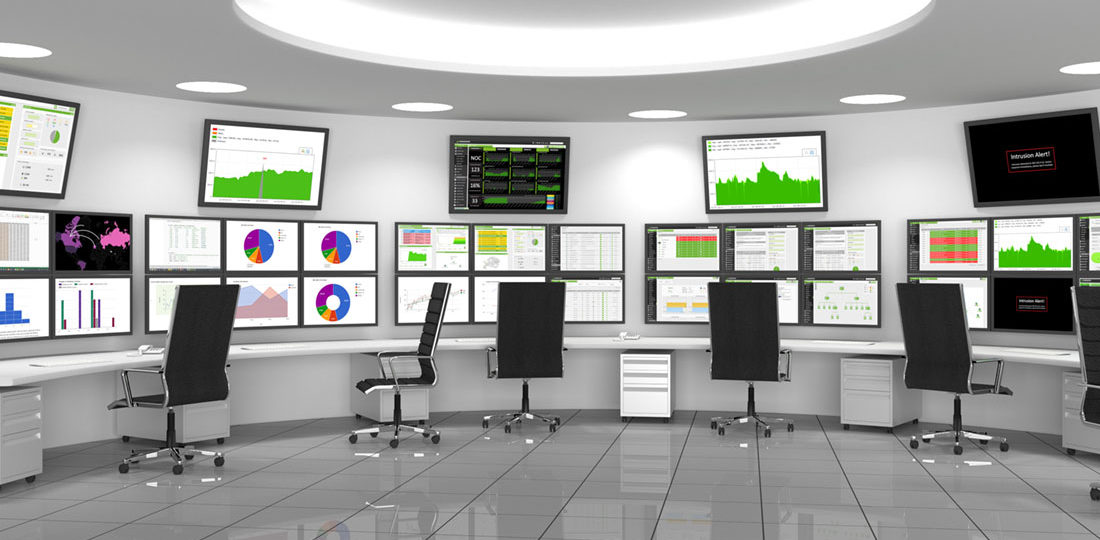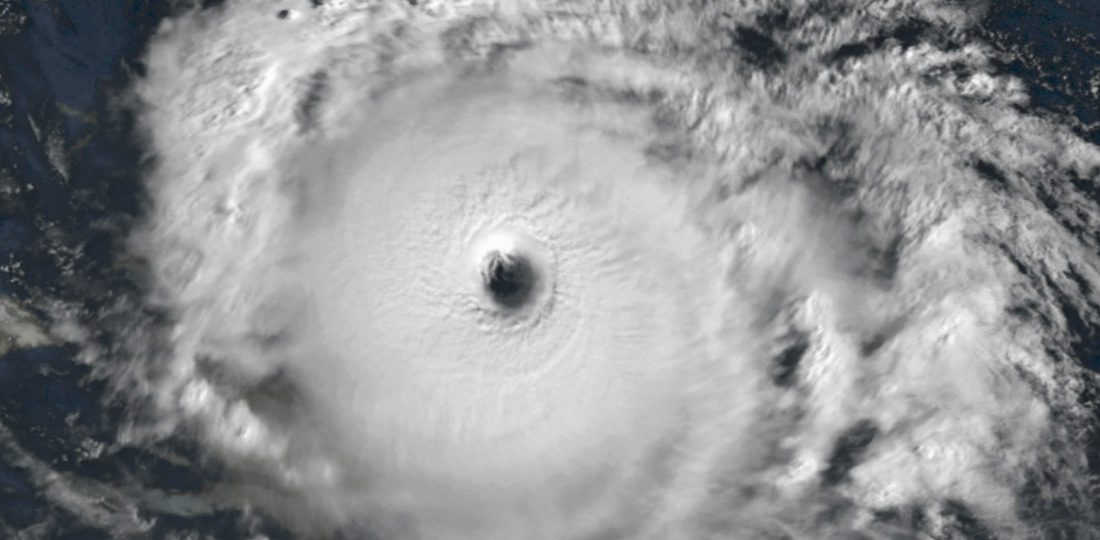It’s true: historically, geothermal energy had a bad reputation. For years people thought it was more expensive than conventional HVAC, it took up too much space, and it was impossible to properly design. That is no longer the complete picture. The reality is that when it comes to geothermal and hybrid geothermal systems the initial
- Greensleeves Technologies Corp.
- 1354 E Broadway St, Toledo, Ohio 43605
- +1-419-420-1515
- ENtellect Account
- Log in to your account here
News List View
Monitoring for better effectiveness
Would you operate a car if it did not have the benefit of a dashboard with performance information? If you’re operating a GHX system without monitoring it’s the same thing: like driving a car without a dashboard. You can do it, but why take the risk? When it comes to geothermal heating and cooling systems,
Borefield Rescue
What do you do if your geothermal borefield is failing? Don’t panic; modern technology can help rescue your borefield. A properly designed borefield should give you years of indoor air comfort. Unaccounted for changes in building use, climate and global warming impacts and numerous unforseen events, however, can result in borefield temperature issues. Historically, engineers
Geothermal Optimization Software vs BAS static software.
Does your building use a Building Automation System? Many BAS systems have static geothermal controls that allow the technician to run equipment on a timed schedule allowing you to save on energy and lower your utility bills. Our Products
Save Money with Hybrid Geothermal.
One of the big decisions when constructing a new building is how to heat and cool it. If you want a solution that is environmentally friendly and can lower your energy costs, you should consider installing a hybrid geothermal system. This type of system reduces upfront capital costs, emits fewer greenhouse gases and lowers energy
Resiliency based on Catastrophic Events.
On August 29, 2005, Hurricane Katrina struck the Gulf Coast of the United States. Experts estimate that Katrina caused more than $128 billion in damage. On October 24, 2012, Hurricane Sandy struck Kingston, Jamaica – then headed North making landfall in Atlantic City, New Jersey on October 29th. In New York and New Jersey, storm






